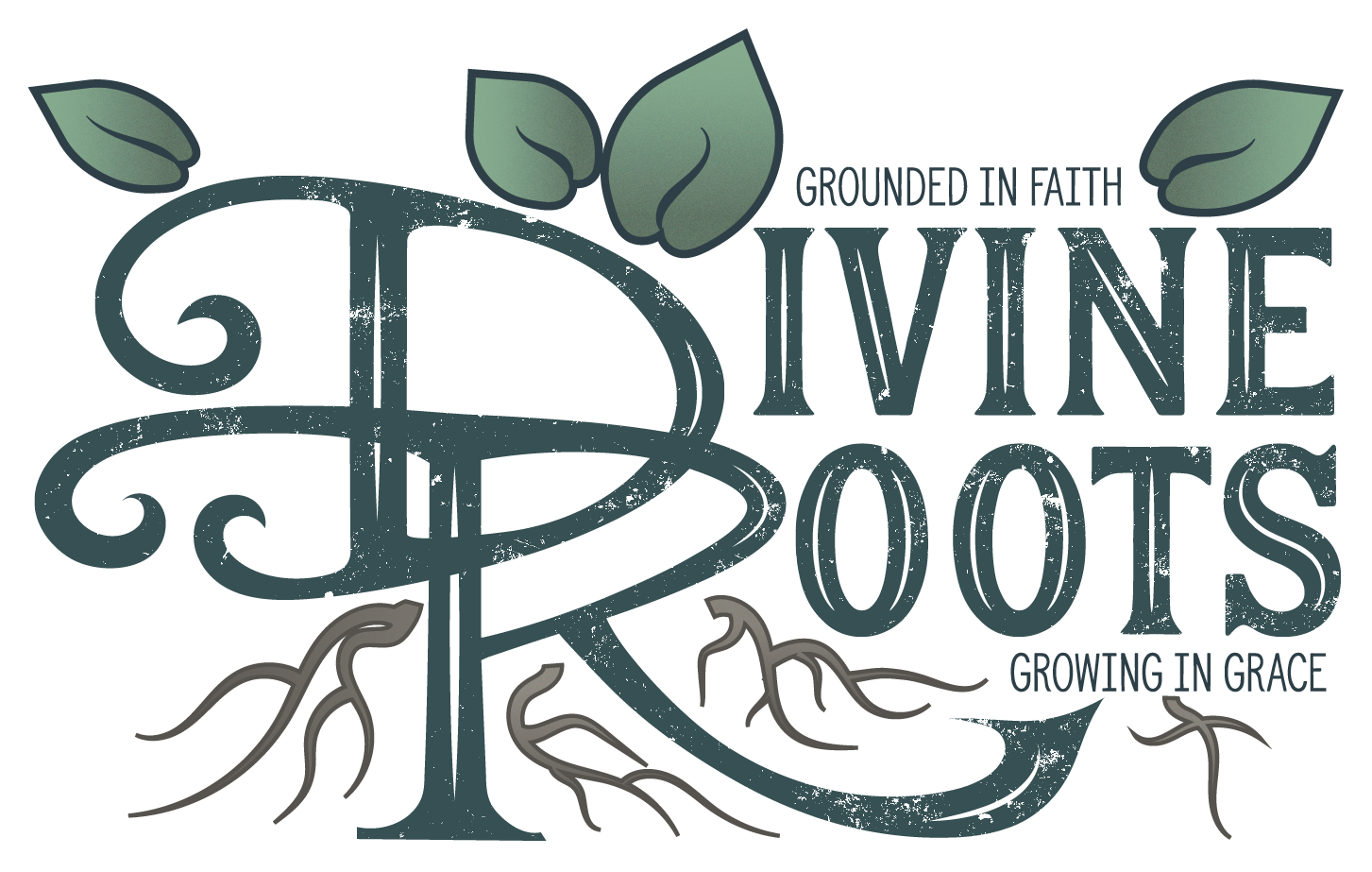
Creating a Cozy Indoor Garden - Tips for Small Spaces
Indoor gardens are an excellent way to bring nature into your home, no matter how small your space is. They help create a calming environment, improve air quality, and brighten any room with a touch of greenery. If you love plants but live in a small apartment or house, don't worry! You can still create a cozy indoor garden that fits perfectly in your space.
This guide will discover some simple and practical tips to help you design and maintain a beautiful indoor garden without taking up too much space. If you're a beginner or an experienced gardener, these ideas will help you get started.
Choose the Right Plants for Small Spaces
When living in a small space, choosing plants that don't take up too much space is essential. Some plants are naturally more compact and grow well in limited areas. Here are a few excellent choices for small indoor gardens:
Succulents
These low-maintenance plants come in many shapes and sizes, making them perfect for small spaces. They don’t need much water; you can group them to create a lovely display.
Herbs
Growing herbs like basil, mint, and rosemary in small pots is space-efficient and practical. You will have fresh herbs to cook with while adding a nice touch of greenery to your kitchen.
Pothos
This easy-to-grow plant can thrive in almost any condition. It’s perfect for small spaces because you can place it on a shelf or hang it in a basket, and it will cascade beautifully.
Spider Plants
These are great for beginners. They grow well in small spaces and have long, arching leaves that add a nice flow to any room.
Air Plants
Air plants are unique because they don't need soil to grow. You can display them in small glass containers, or terrariums, or even hang them with string, making them ideal for small spaces.
Use Vertical Space for Gardening
Thinking vertically can make all the difference when you don't have much floor space. Vertical gardens help you make the most of your space by using walls and shelves to hold your plants. Here are some ideas:
Wall-mounted planters
These planters are designed to hang on the wall and hold several plants simultaneously. You can arrange them in a line or a grid to create a stunning, space-saving display.
Shelves and ladders
Installing a few shelves or a small ladder shelf allows you to place plants at different heights. This adds depth to your indoor garden while keeping the plants neatly organized.
Hanging planters
Hanging plants from the ceiling is a great way to free up space on your floor or tables. Choose lightweight plants that can easily be suspended from a hook or decorative macramé hanger.
Maximize the Natural Light
Plants need sunlight to grow, and not all indoor spaces get enough natural light. However, there are ways to ensure your plants thrive, even in a smaller space with limited sunlight:
Position your plants near windows
Most indoor plants need indirect light, so place them near windows that get natural sunlight but avoid direct sunlight, which can scorch some plants. If your space is darker, consider moving your plants closer to the window or choosing plants that thrive in low-light conditions.
Use grow lights
If natural sunlight is hard to come by, consider using grow lights. These unique lights are designed to help plants grow by providing the light they need. You can find small, clip-on grow lights that won’t take up much space but still provide the necessary light for your plants.
Rotate your plants
Every few weeks, rotate your plants so that all sides get equal sunlight. This will help them grow evenly and prevent them from leaning toward the light source.
Keep it Simple with Minimalist Containers
In a small space, it’s easy to feel overwhelmed by too many pots and containers. Keep things simple by choosing minimalist, uniform containers that suit your style. Here are a few ideas:
Neutral colors
Opt for neutral-colored pots like white, gray, or terracotta. These colors blend effortlessly with any decor, allowing the plants to stand out without overwhelming the space.
Stackable planters
Stackable planters are a great option if you want to grow more than one plant. They allow you to develop multiple plants in a compact area, saving space while still looking stylish.
Unique containers
If you want to add a touch of personality to your indoor garden, consider using creative containers like mason jars, teacups, or even old cans. Just make sure they have drainage holes to keep the roots healthy.
Create a Focal Point with a Statement, Plant
You can create a focal point in a small space by showcasing one or two statement plants. These plants can add drama and interest to your indoor garden, making the room feel more vibrant. Some examples of statement plants for small spaces include:
Fiddle Leaf Fig
This plant has large, glossy leaves that make a bold statement. It’s ideal for small spaces where it can be the room's centerpiece.
Monstera Deliciosa
Known for its unique split leaves, the Monstera adds a tropical vibe to any room. It can grow quite large, so be sure to place it in a corner or near a wall to avoid taking up too much space.
Snake Plant (Sansevieria)
The snake plant is perfect for small spaces with its tall, upright leaves. It’s also a low-maintenance plant that purifies the air, making it an excellent addition to any indoor garden.
Care for Your Indoor Garden
Caring for your plants in a small space is easier. Here are some tips to keep them healthy:
Watering
Overwatering is a common mistake. Make sure to check the soil’s moisture level before watering. Most indoor plants prefer to dry out a little between waterings. A good rule of thumb is to water when the top inch of soil feels dry.
Pruning
Keep your plants looking neat by trimming any dead or yellowing leaves. Regular pruning helps encourage healthy growth and keeps your indoor garden looking tidy.
Cleaning
Mist the leaves of your plants regularly to ensure they can photosynthesize properly. A soft cloth or a light spray of water works well for cleaning.
Repotting
Your plants may need to be repotted into larger containers as they grow. This ensures their roots have enough space to grow and keeps them healthy.
Add Personal Touches
Finally, don’t forget to add personal touches to your indoor garden. Whether it’s decorative stones, colorful planters, or small garden figurines, these little details can make your indoor garden feel more inviting and unique.
Conclusion
Creating a cozy indoor garden in a small space doesn’t have to be complicated or overwhelming. You can quickly transform any room into a peaceful, green oasis by choosing the right plants, using vertical space, maximizing natural light, and keeping things simple.
Remember, gardening is all about enjoying the process and connecting with nature, no matter how small your space may be. Start your indoor garden today.

